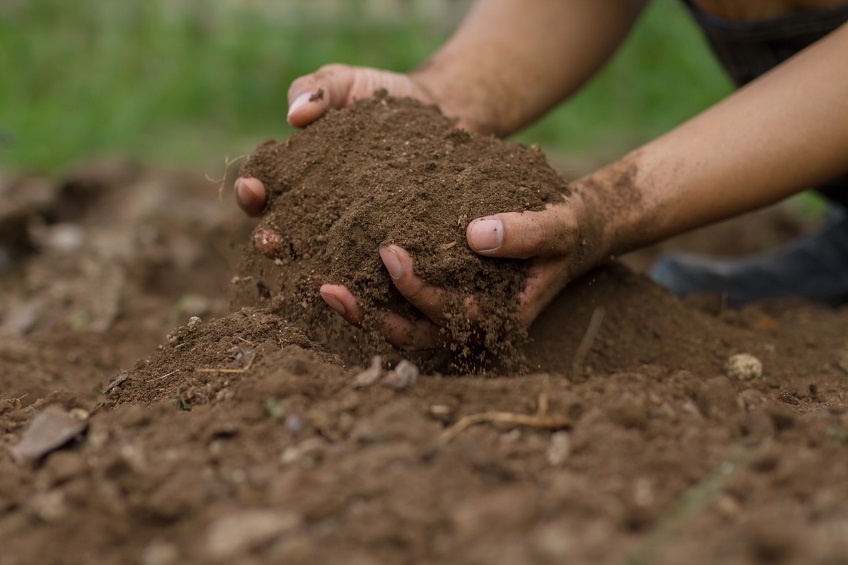


Pop quiz! Do you know what the state soil of Utah is called? Utah’s state soil as listed by the Natural Resources Conservation Service (NRCS) is called Mivida (mee-vee-duh). Mivida is not legislatively established, but the unofficial soil type is widespread across Utah, especially in the southeastern portions of the state. The soil covers over 200,000 acres of the state. The Utah Geological Survey (UGS) explains soil as a complex product containing three main factors: “(1) mechanical and chemical breakdown, erosion, and transport – by moving water, ice, or wind – of rocks and minerals (parent material), (2) leaching and deposition of chemicals and nutrients, and (3) organic growth and decomposition.” In the balance of living things, water and air are the two most important natural resources, but coming in at number three is soil. Soils consist of about half rock and mineral pieces, half water and air, and a little bit of organic material. Soils are critical for the support of the billions of microbes that convert minerals into important nutrients for our crops.
Mivida soils are composed of a fine sandy loam, which is mostly sand and a small amount of silt and clay. It’s derived from the sandy parent material in the lower Mesozoic sandstone, which is common around Utah’s famous parks and monuments in the southern portions of the state. It has a yellow/red topsoil and a pink/brown subsoil. The surface layer contains a little decaying plant matter, then just under that are clay minerals that begin to form. Rainwater struggles to get deeper than that, so lime starts to accumulate as you get deeper in the soil. When you add acid deep into Mivida soils, the soil fizzes a little due to the reaction.
According to the Smithsonian National Museum of Natural History, Mivida is supportive to the semi-arid desert and grassland ecosystems. Mivida soil is “perfect for plants such as Wyoming big sagebrush, blue grama grass, and Indian ricegrass, as well as many mammals, reptiles, insects, and microbes.” Mivida soil is great for alfalfa, small grain crops, and grazing cattle when irrigated appropriately. Additionally, the Dine’ people (Navajo Nation) of what is now known as the Four Corners area have used the clay soil to make their beautiful, fine pottery for centuries.
According to UGS, Mivida soil forms “in wind-deposited sheets of sand eroded from Quaternary (0 to 1.8 million years old) dunes and Mesozoic sandstone.” You can find it in elevations between 5,000 and 5,400 feet. Because precipitation in the native areas of Mivida soil is minimal, natural vegetation is limited to grasses, Mormon tea, saltbrush, and sagebrush. This is why those gardening or farming in Mivida soils need nurturing soil amendments to be fruitful. For detailed information from the Soil Science Society of America on Utah’s state soil, click here.
Across the Wasatch Front, even if you don’t have Mivida soil in your yard, you still need amendments to create a healthy soil for gardening. Improve your plants and flowers this year by visiting The Dirt Bag for high-quality, healthy soil amendments for any type of native soil.